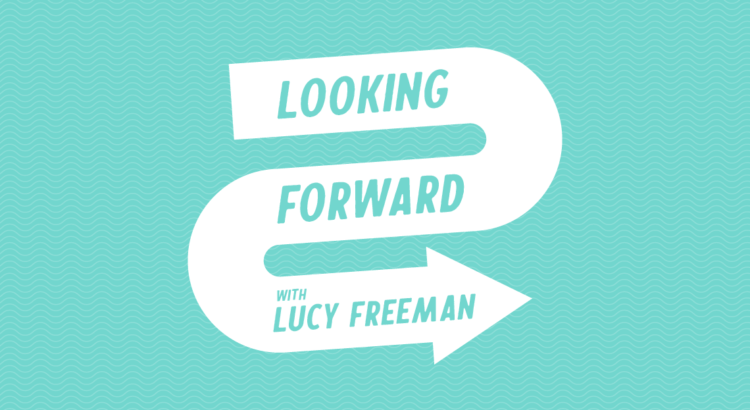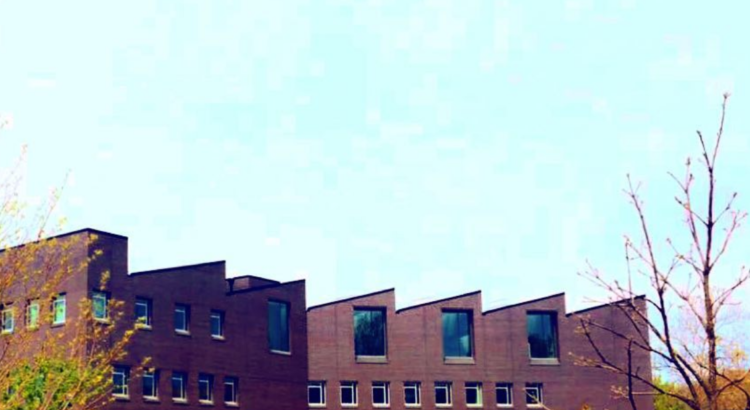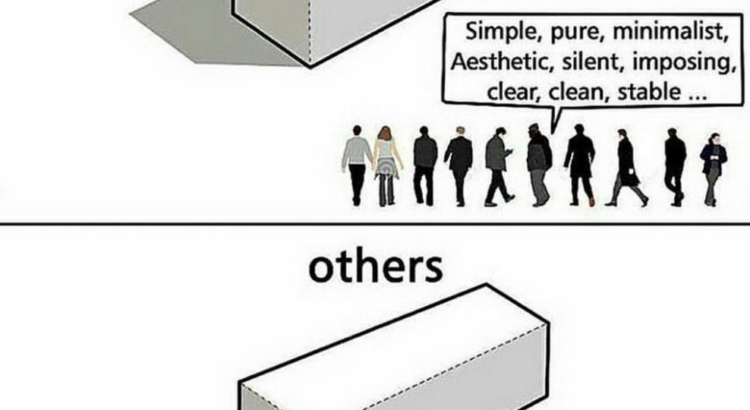Happy Saturday!
We are rapidly approaching the end of the semester which means I only have a couple of posts left. This week I’m posting a day late because my organization, MUSIC Matters, held our biggest event of the year. If you attended SpringFest day festival or the night concert featuring Hippo Campus – I just want to say thank you. We all appreciate it so much and hope that you enjoyed it.
 Moving on, this week we are talking about Mentality Magazine! I had the opportunity to speak to Liz Hoornstra, the current editor-in-chief of the publication. She explained that the magazine aims to do two main things: 1. Create a sense of community for its members and 2. Destigmatize mental health through writing. As someone who has been focusing on taking control of my mental health for the past year, I was really excited to learn more about how the magazine has done this and how others can support their mission!
Moving on, this week we are talking about Mentality Magazine! I had the opportunity to speak to Liz Hoornstra, the current editor-in-chief of the publication. She explained that the magazine aims to do two main things: 1. Create a sense of community for its members and 2. Destigmatize mental health through writing. As someone who has been focusing on taking control of my mental health for the past year, I was really excited to learn more about how the magazine has done this and how others can support their mission!
Mentality Magazine typically publishes digital issues, with a printed copy done once a semester. This semester marks an exciting milestone for the organization: 10 printed publications (and 5 years of being an org on campus!). Some of the topics they’ve been focusing on most recently deals with the impact that the pandemic and racial injustice towards the BIPOC and AAPI communities have had on peoples’ mental health. This follows in their larger commitment to diversifying the magazine’s staff and writing focuses, including highlighting marginalized voices in mental health discussions. I was excited to hear that they’re taking on these topics so directly, as they have affected us all in different ways over the past year and are, in many ways, directly tied to some of the most widespread mental struggles on campus.

Mentality Magazine has also recently partnered with steps wellness, “the mental wellness platform for college students”. The platform helps connect students to licensed therapists, provides safe, private spaces for them to have therapy sessions in person or through video call, and allows them to share and read about their peers’ experiences with mental health. This is something that I found incredibly important. Especially in college living situations with many roommates and with most therapy sessions being virtual right now, it can be hard to find a space where you can talk about your struggles without worrying if others will overhear or barge in. This partnership shows that Mentality Magazine is really committed to helping students at every level of their mental wellness journey.
Liz also explained to me that COVID has sparked some important conversations regarding mental health equity and accessibility, things that people were sometimes skittish to talk about before.
“We welcome any and all members to Mentality, but we also are very open that mental health is not a topic that you can be apolitical about and we have to recognize that, holding a space in the mental health community here at Michigan means that there are certain times when we cannot stay silent. I hope that going forward, that is something that we are prioritizing.”
If you’re interested in getting involved in Mentality Magazine, you are welcome to join at any point! They look for writers all through the year, so you don’t have to join at the beginning of the year or semester. You can visit mentalitymagazine.org and fill out the contact form and a member of their exec team will get back to you about the next steps. If you don’t have enough time to be a writer, or that’s not your personal skill set, you can still do other things to help support the magazine and its important mission on campus! Reading and sharing articles is so important – de-stigmatization can’t happen without conversation.
That’s all from me this week! Thank you so much for reading and I will be back next week with my last post of the semester featuring a capella group 58 Greene!
Stay safe & stay well,
Lucy






